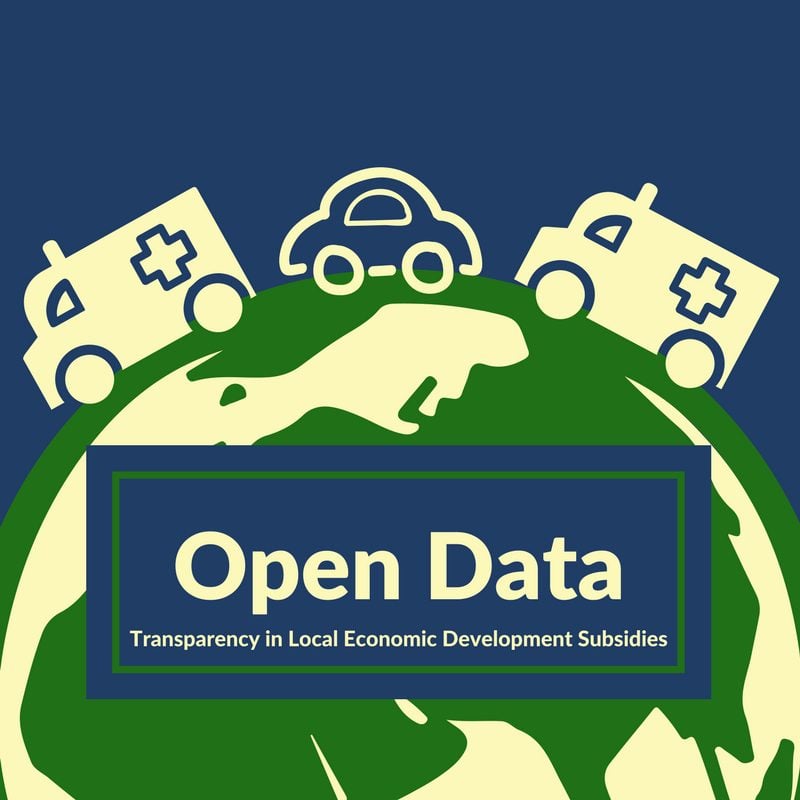Tracking how states provide incentives for economic development sometimes can be as simple as searching their online reporting platform. Localities, however, often make it difficult to find information on their subsidy recipients. They either require this data be accessed through an open records request, which is burdensome, or they bounce the request from department to department, and eventually decline to disclose.
In 2007, Good Jobs First found that, 23 states provided some online company-specific information; by 2010, 37 states did so; and by 2014, 46 states. Today all 50 states and the District of Columbia make available some form of online disclosure. Yet, localities are far behind, often not reporting online and making it difficult to access data offline as well.
In Show Us the Local Subsidies, Good Jobs First researcher Kasia Tarczynska  analyzed 50 of the largest cities in the United States on their disclosure practices and transparency. Ultimately, it was found that there was little easy access to online disclosure at the local level.
analyzed 50 of the largest cities in the United States on their disclosure practices and transparency. Ultimately, it was found that there was little easy access to online disclosure at the local level.
This summer, as an intern with Good Jobs First, I was tasked with contacting a variety of small and medium sized localities for information to expand our Subsidy Tracker database. I soon discovered many similar issues: lack of online reporting, burdensome open records requests, or agencies that claimed they did not maintain a list of which companies were receiving subsidies. Although this was not a rigorously structured research project, it revealed the hurdles that stand in the way of learning what is happening to public revenue.
Some localities will provide the name of the company but not the subsidy amount, whether it is an approved amount or the amount actually claimed. For example, in Riverside, California all film incentives are awarded by the Board of Supervisors as a fee waiver; except, there is no set fee and the amount waived is at the sole discretion of the Board. In other cases, localities will list these tax breaks as “gifts” coming from the economic development authority and therefore claim they are not required to release information or track how much companies are receiving over time.
Another major issue in transparency stems from how the data is presented. When I contacted localities, some pointed to the minutes or agendas of Board of Supervisors meetings or City Council meetings mentioning individual subsidy agreements but offered no comprehensive database. This approach makes it difficult for taxpayers to see a full picture of subsidy spending.
Public money is being used to fund subsidies and taxpayers deserve to know which companies are receiving these deals and how much. Localities often argue abatements are not lost revenue because the money would not have been available had the corporation not invested in that area. However, more often than not these subsidies go to larger companies, which do not need them and to companies that chose an investment location before subsidies are approved.
Yet there is hope. For example, Long Beach, California’s online economic development subsidy reports offer states and localities strong examples to follow. Long Beach lists all of its economic subsidy deals on one page and lists the name of the company, subsidy value, and year along with other important subsidy points in the document. Local officials should look into examples like Long Beach and update their systems to give people the easy access to public records they need.
Written By Jennifer Morgan, Good Jobs First Intern